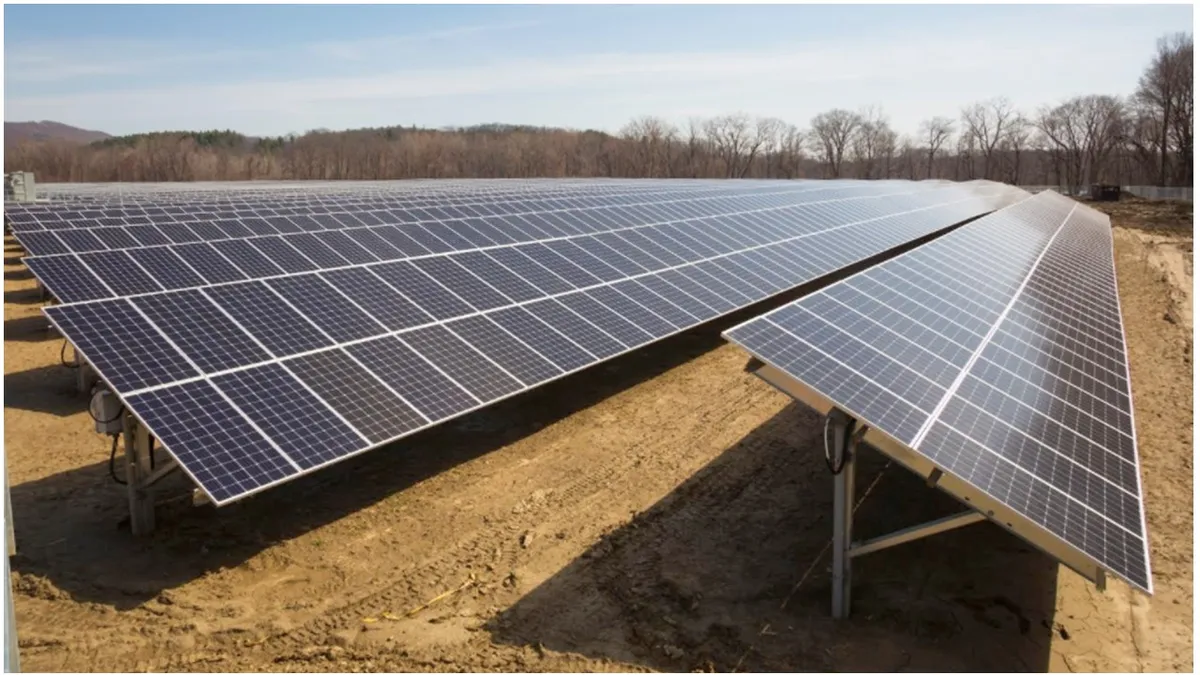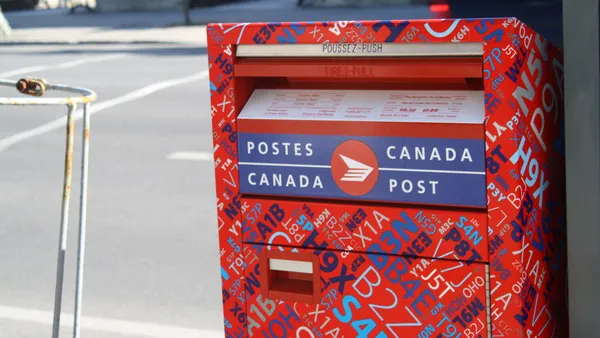Dive Brief:
- Corporate solar installations in 2017 reached their highest level — 3 gigawatts — since 2010, due to the expected expiration of the Federal Investment Tax Credit, Green Tech Media reports.
- The high rates of installation point to an intensifying pace for renewable energy procurement, as companies big and small, including Google, Apple and Taylor Farms, race to meet sustainability standards.
- Installations are expected to decline by about a gigawatt in 2018, as solar tariffs sour corporate spending on the industry. Increased market diversity and financing options should help keep purchasing levels on a growth track, however.
Dive Insight:
It seems the only constant in the solar procurement world is the sun itself.
Economics, complex financial modeling, science and technology, prevailing tax laws and politics are are conspiring to complicate an already complex corporate spend on solar. In this supply chain, it is up to the procurement folks to keep abreast of technology changes, market conditions, an extended supply chain, and the political winds that both promote and inhibit the growth of this important technology.
But no matter the politics, companies large and small are using solar as a core technology in their own sustainability programs.
It behooves the procurement staff to join the sustainability efforts in their own companies by being active participants in these sustainability projects. For those with green supply chain initiatives, work on their own corporate houses will go a long way in being a credible voice for sustainability in the supplier community.
The solar supply chain is a complicated one with third parties owning large installations. Most procurement professionals are familiar with the contractual and relationship issues associated with third-party agreements, but add extended supply chains, tariffs, tax incentives to the mix and financial agreements become more complex.
Needless to say, the necessary financial and legal representatives need to be part of the procurement team. It is an excellent way for procurement professionals to gain an expertise in an important and evolving technology.
This past January President Trump instituted safeguard tariffs on imported solar cells and modules from China, beginning at 30% and decreasing to 15% after four years.
East Asia is the hub of solar manufacturing and China is home to the largest solar power manufacturers. Both Canada and the United States also have solar panel manufacturing capabilities but not nearly the supply capacity that China enjoys. It is interesting to note that China is also the world’s largest consumer of solar products. But there are changes coming that may change the make-up of the supply chain, especially impacting domestic projects.
These tariffs are in response to purported unfair trade practices from China that has hurt U.S. solar manufacturers. It is unforeseen if these tariffs will have the intended positive impact on American manufacturing or just add additional costs to Chinese imports.
Regardless of the effect, this will be something that procurement folks need to watch carefully — according to Green Tech Media's data, they already are and it's having an effect on installation forecasts.













